Imagine stepping into your garden and being greeted by the gentle hum of bees and the flutter of butterfly wings. This idyllic scene can be yours with the magic of pollinator-attracting herbs! Not only do these herbs add beauty and fragrance to your outdoor space, but they also play a vital role in supporting biodiversity. By planting these herbs, you're creating a haven for essential pollinators that help your garden thrive. Let's explore 17 enchanting herbs that will transform your garden into a buzzing paradise.
1. Lavender: The Scented Magnet

Lavender is a classic choice for attracting pollinators, especially bees. Its vibrant purple flowers and soothing fragrance make it a garden favorite. Lavender thrives in sunny spots with well-drained soil, making it easy to grow. Plant it along pathways or in borders to add a touch of elegance. As a bonus, you can harvest the flowers for homemade sachets or teas, enjoying its calming scent indoors as well.
2. Basil: The Culinary Lure
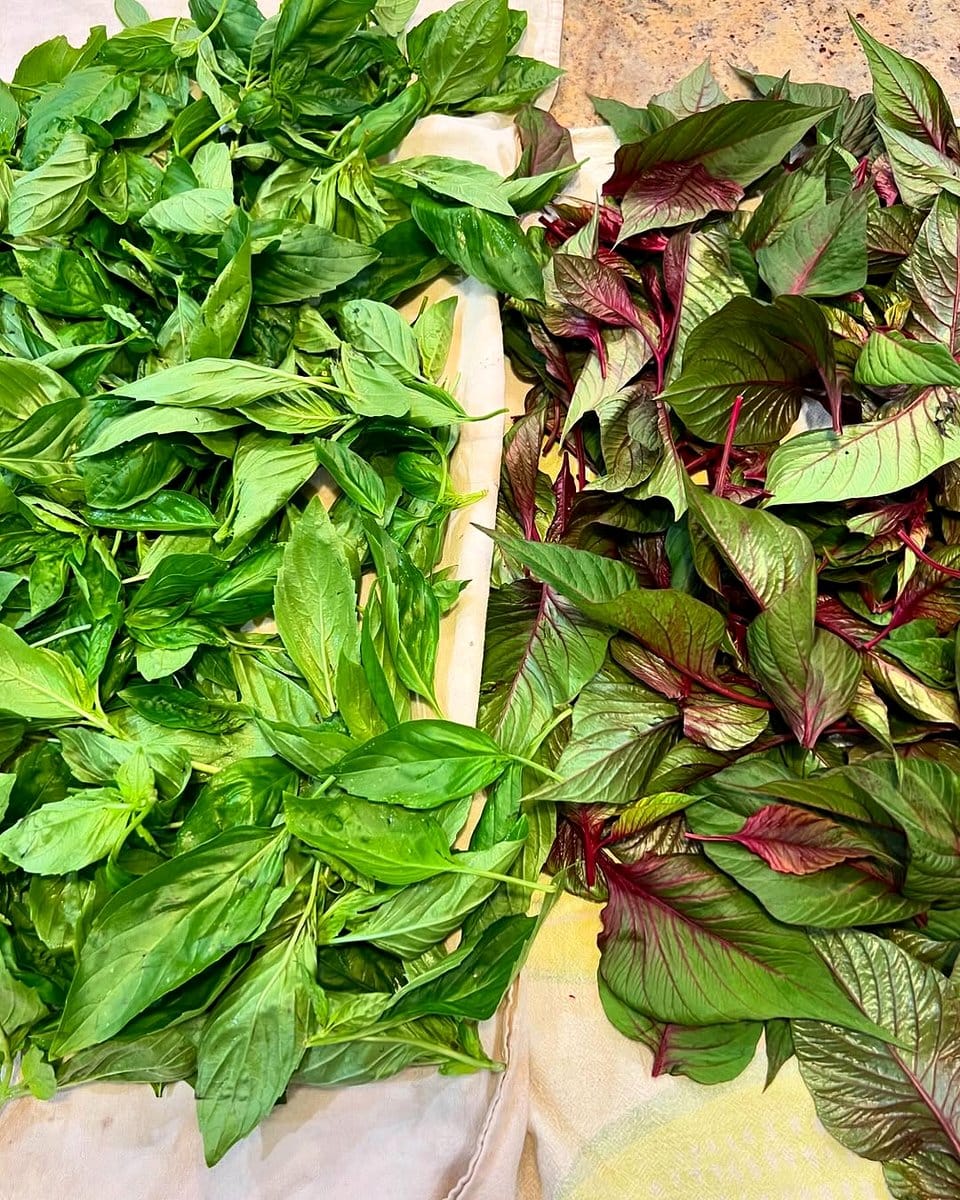
Basil isn’t just a kitchen staple; it’s a pollinator magnet too. Bees, in particular, love its small, white flowers. Plant basil in a sunny spot and keep the soil moist for best results. Regular harvesting encourages more blooms, inviting more pollinators. Whether you choose sweet basil or the aromatic Thai variety, your garden will benefit from its lush foliage and pollinator-friendly blooms.
3. Rosemary: Evergreen Attraction

Rosemary’s needle-like leaves and blue blossoms are irresistible to bees. This hardy herb can be grown in pots or directly in the ground, making it versatile for any garden size. It thrives in sunny, dry areas, and once established, it requires minimal care. Use fresh sprigs in cooking or as a fragrant addition to homemade bath products.
4. Thyme: The Groundcover Gem
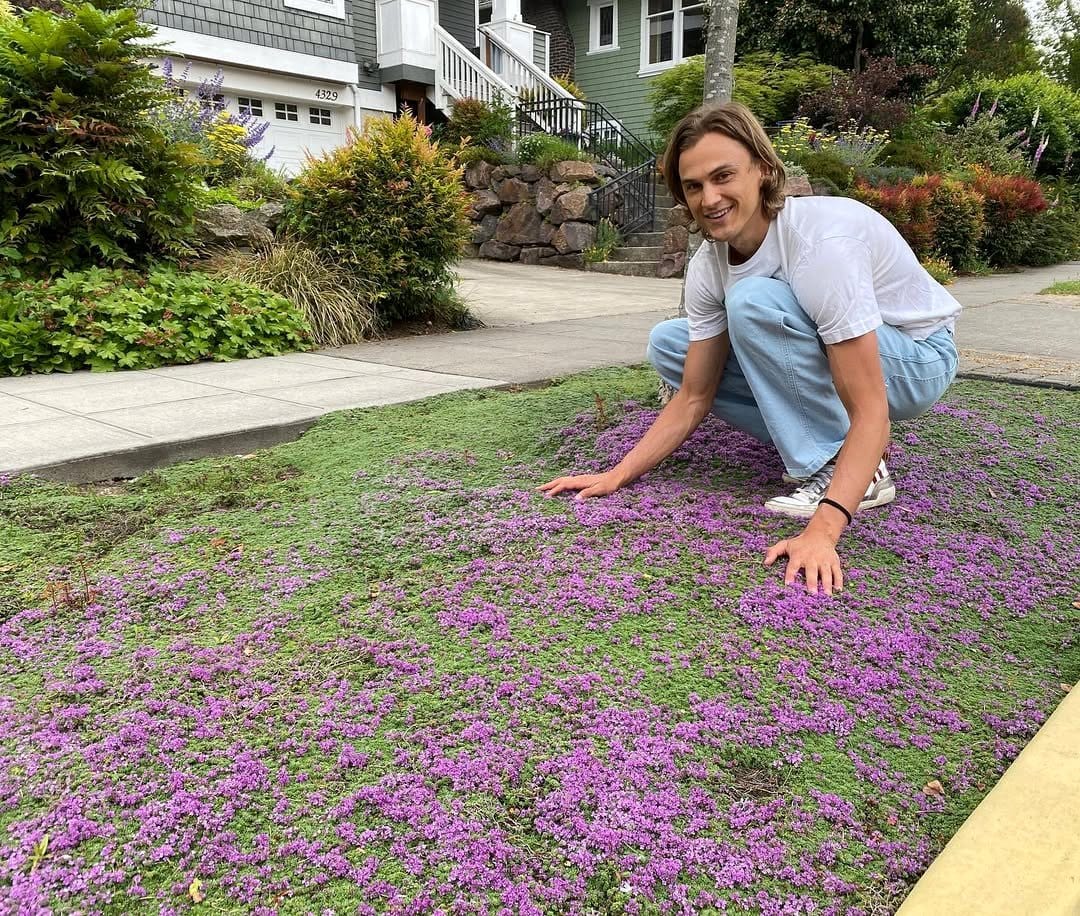
Thyme is a low-growing herb that doubles as a groundcover, perfect for filling gaps between stepping stones. Its small, pink, or purple flowers are a favorite for bees and butterflies. Plant thyme in well-drained soil and a sunny spot for best growth. With varieties like lemon thyme, you can enjoy unique scents while providing a feast for pollinators.
5. Oregano: The Flavorful Beacon
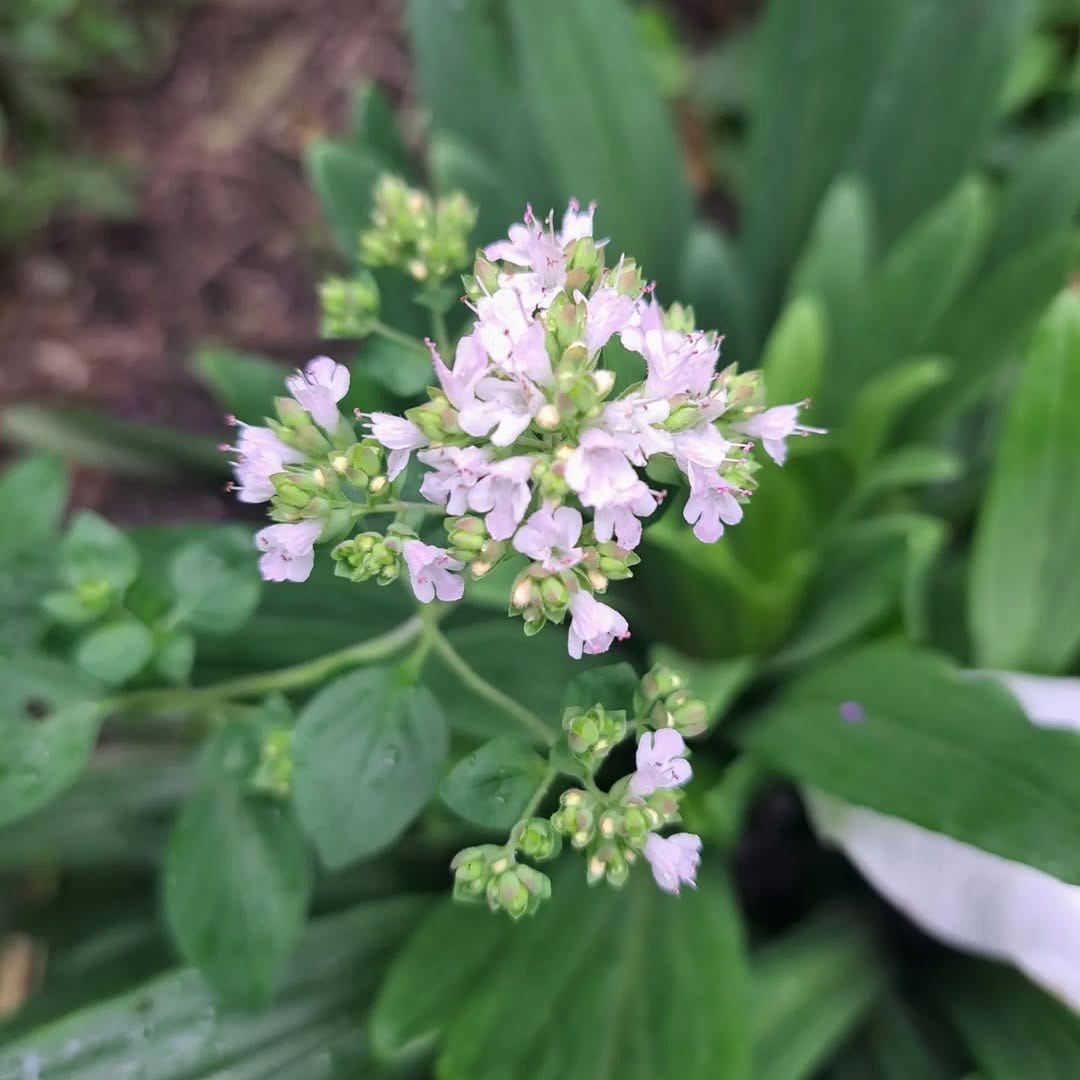
Oregano offers more than just a flavorful punch to your meals; it’s a delightful attraction for pollinators. Its tiny, clustered flowers bloom in shades of white, pink, or purple. Oregano is drought-tolerant and thrives in sunny locations. This herb is perfect for borders or pots, and its aromatic leaves can be used fresh or dried in cooking.
6. Sage: The Versatile Guardian

Sage’s soft, silvery leaves and purple flowers are a visual treat for any garden. Bees are particularly fond of sage blooms, making it a must-have for pollinator gardens. Plant sage in well-drained soil and full sun to enjoy its year-round beauty. Sage is also a culinary favorite, adding depth to dishes with its earthy flavor.
7. Mint: The Refreshing Invite
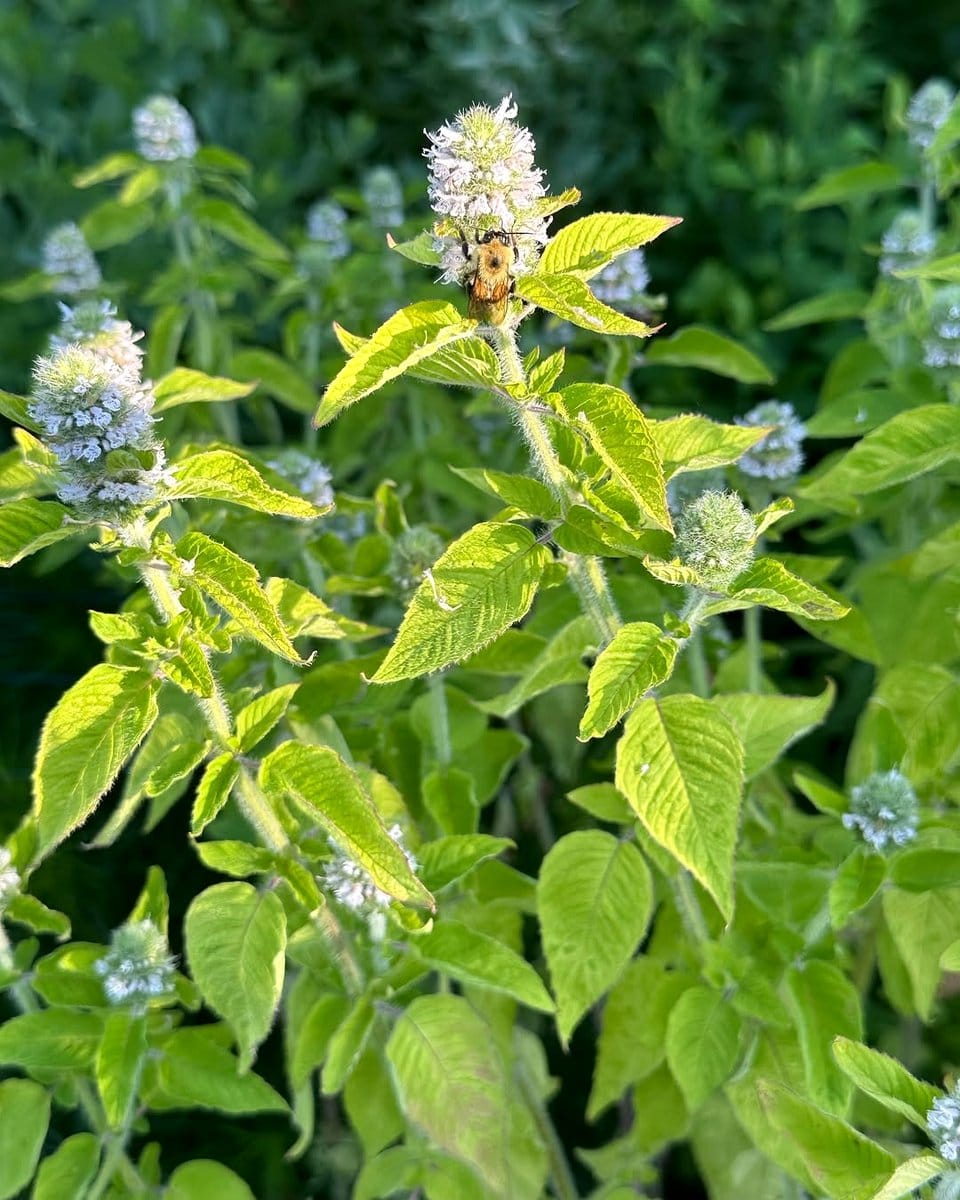
Mint’s invigorating scent and tiny, tubular flowers are irresistible to bees and butterflies. Plant mint in containers to prevent it from spreading uncontrollably. It prefers partial shade and moist soil. With varieties like peppermint and spearmint, you can enjoy refreshing teas and desserts while supporting your local pollinators.
8. Lemon Balm: The Calming Call

Lemon balm is a fragrant herb that attracts bees with its white flowers and lemony scent. It’s easy to grow in pots or garden beds, preferring partial shade and moist soil. Lemon balm's calming properties make it a perfect addition to teas. Regular pruning encourages new growth and more blooms, keeping pollinators coming back.
9. Parsley: The Dual-Use Delight
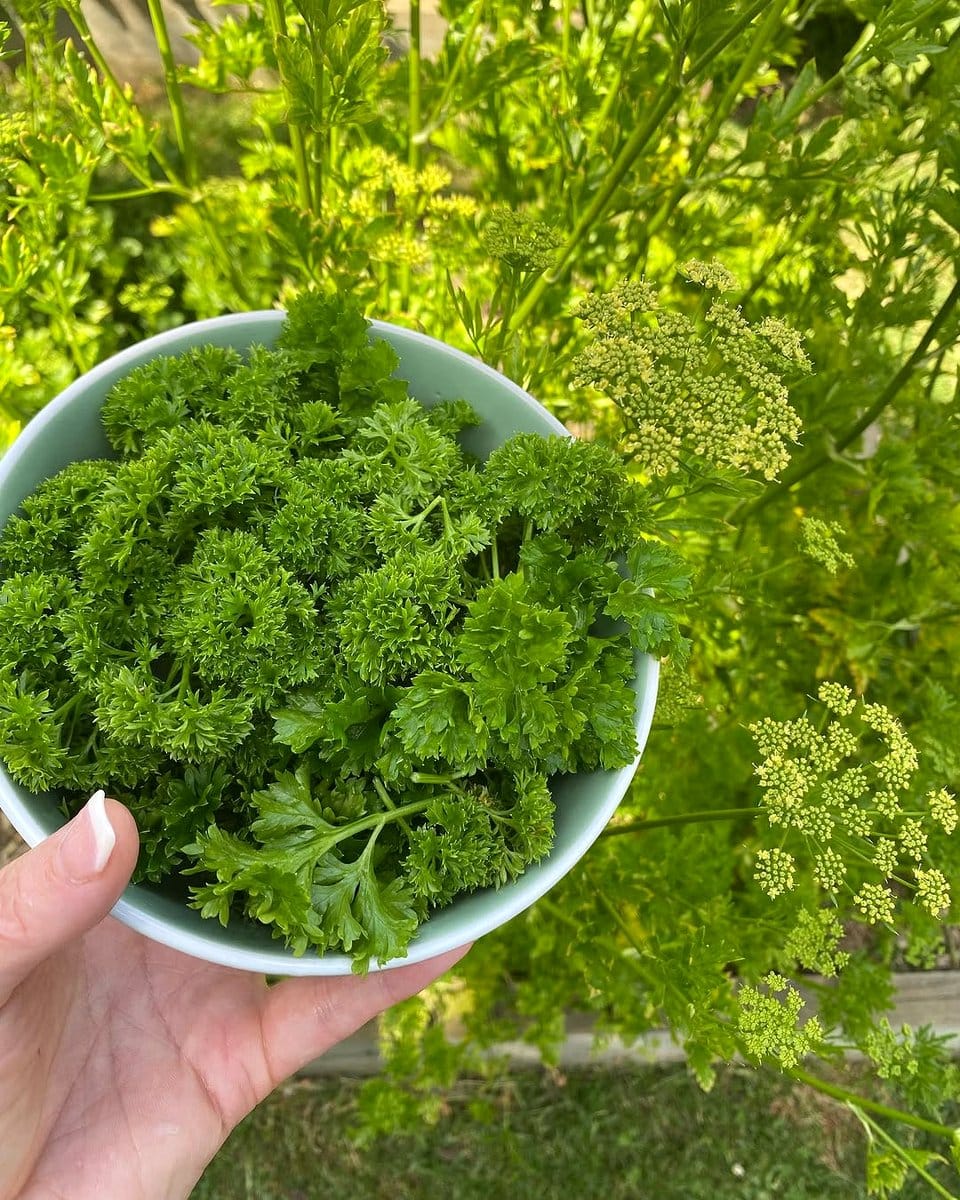
While known for its culinary use, parsley also attracts beneficial insects when allowed to flower. Its yellowish-green umbels are a favorite for pollinators. Plant parsley in rich, well-drained soil and full sun or partial shade. Let a few plants bolt to seed to enjoy its dual purpose in the garden and kitchen.
10. Borage: The Starry Attraction

Borage is a stunning herb with star-shaped, blue flowers that attract bees. This annual herb is easy to grow and self-seeds readily, ensuring a continuous supply of blooms. Borage prefers full sun and well-drained soil. The flowers are edible, adding a cucumber-like flavor to salads and beverages.
11. Dill: The Tall Temptation
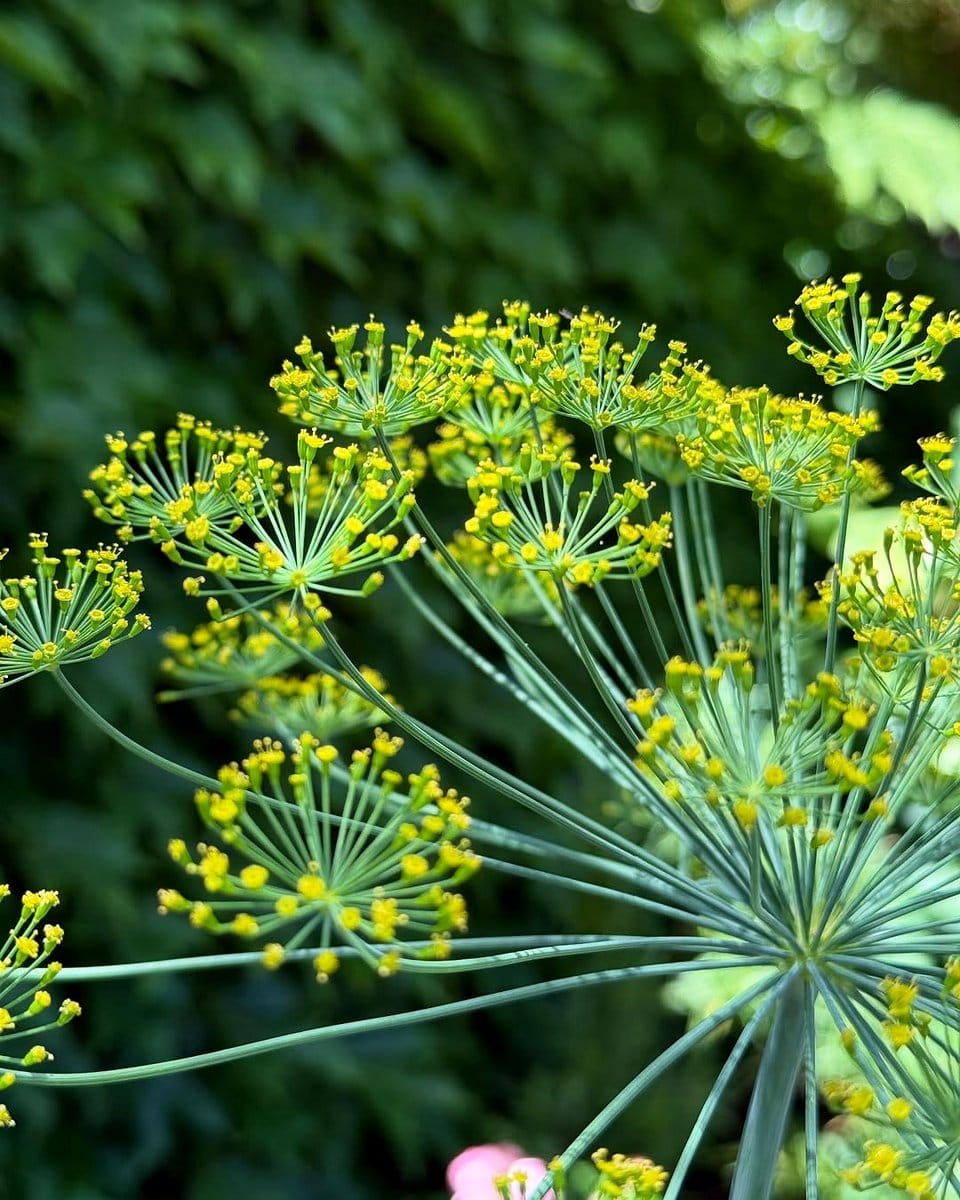
Dill’s feathery foliage and yellow flower umbels are a magnet for pollinators, especially beneficial wasps. It grows best in full sun with well-drained soil. Dill is also a host plant for the caterpillars of swallowtail butterflies. Use its seeds and leaves to flavor pickles and seafood dishes.
12. Fennel: The Aromatic Attractor

Fennel’s aromatic leaves and umbrella-like yellow flowers are beloved by pollinators. This tall herb prefers full sun and well-drained soil. Fennel can act as a backdrop in flower beds, and its seeds and fronds are used in cooking. It’s also a host plant for the caterpillars of the swallowtail butterfly.
13. Chives: The Hardy Helper

Chives boast purple, pom-pom flowers that bees find irresistible. This hardy perennial is easy to grow in pots or directly in the garden. Chives prefer full sun and well-drained soil. Their mild onion flavor is perfect for garnishing dishes. Deadhead spent flowers to encourage continuous blooming.
14. Coriander (Cilantro): The Dual Delight

Coriander, also known as cilantro, offers delicate white flowers that attract pollinators. It grows best in cooler weather, preferring full sun and well-drained soil. Allow some plants to go to seed, and you’ll have coriander seeds for cooking and more plants next season.
15. Marjoram: The Sweet Aroma

Marjoram’s sweet-scented leaves and tiny white or pink flowers are a draw for pollinators. It thrives in sunny, well-drained locations and is perfect for borders or herb gardens. Marjoram’s flavor is milder than oregano, making it a versatile herb in the kitchen.
16. Costmary: The Forgotten Favorite
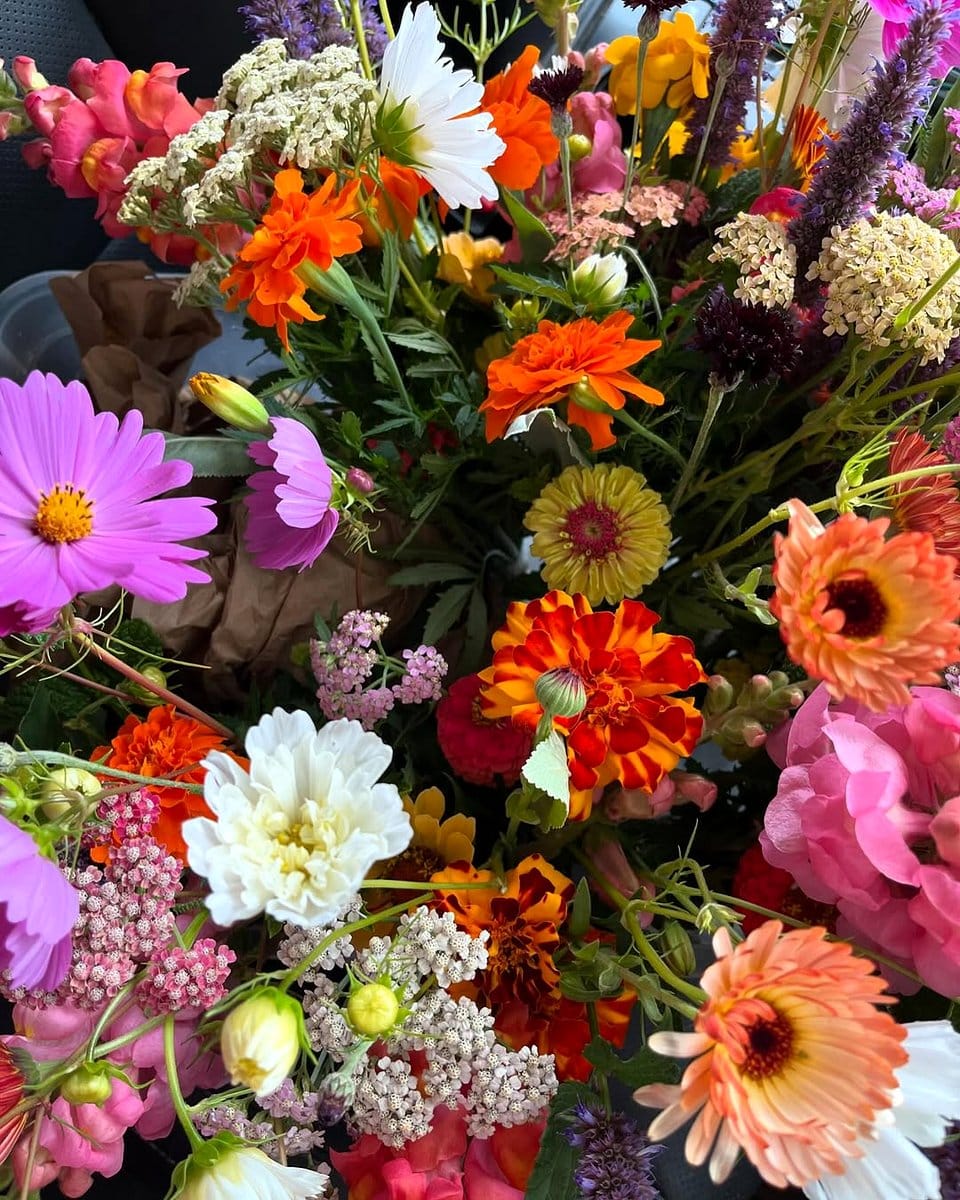
Costmary, or "bible leaf," is an old-fashioned herb with yellow flowers that attract pollinators. It thrives in sun or partial shade and well-drained soil. Its large, fragrant leaves were traditionally used as bookmarks, adding a pleasant scent to books.
17. Anise Hyssop: The Bee’s Best Friend

Anise hyssop is a bee favorite with its tall spikes of purple flowers. This perennial herb prefers full sun and well-drained soil. Its leaves have a licorice aroma, making it a unique addition to teas and potpourris. Anise hyssop is both decorative and functional, providing nectar for pollinators and beauty for your garden.
Final Thoughts
Incorporating pollinator-attracting herbs into your garden is a rewarding endeavor that benefits both you and the environment. These herbs not only enhance the beauty and aroma of your garden but also support crucial pollinators that sustain our ecosystems. By planting a variety of these herbs, you create a diverse and inviting habitat. Start small, adding a few herbs to your space, and watch as your garden transforms into a vibrant, buzzing oasis. Happy gardening!
